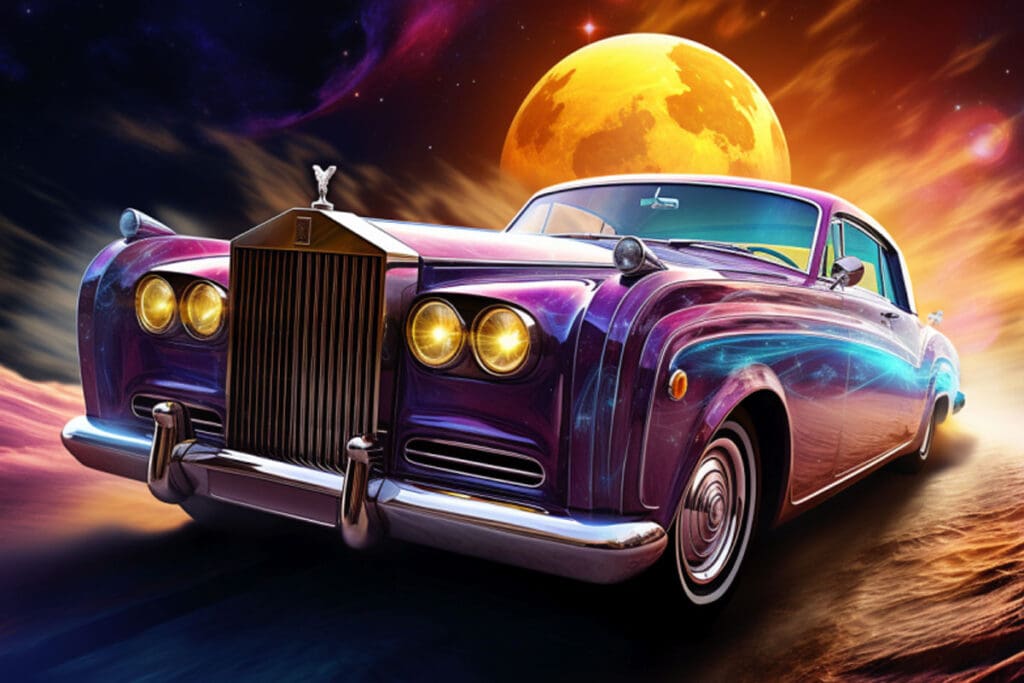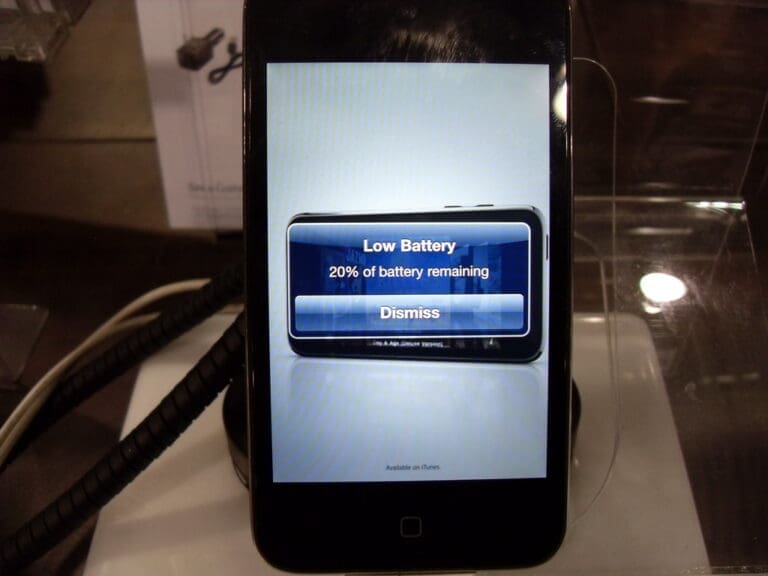
Rolls-Royce, a company renowned for building some of the most luxurious vehicles in the world, has now created the next generation of nuclear-powered mini-reactors for moon missions and exploring deep space.
Going back to the Second World War in the first tests of the V2, chemical-powered rockets were already operating near their theoretical limits. In terms of generating power in deep space, or on the Moon, solar panels also have their limits.
With modern technology becoming ever more reliant on satellites orbiting Earth, there is an increasing need to police and maintain those satellites.
What’s needed most is a power source that could provide for taking on very ambitious tasks, such as mining. A strong power source will also be needed to heat moon bases so that they can withstand and survive the extremely cold lunar nights. Power sources will also be needed for electricity in general, and powering electric vehicles.
Beyond the moon, powering extended deep space missions to the outer solar system and beyond will also require next-generation propulsion systems.
Taking on the future will require efficient propulsion systems that can allow maintenance and patrol spacecraft to move between Earth orbits with significantly greater speed and flexibility than exists today.
Rolls-Royce is one company that has placed its focus on addressing these needs.
Read More: Space is Getting High-Speed Internet
Why Solar Panels Aren’t Sufficient to Power the Moon
Consider that the majority of spacecraft operating in the vicinity of Earth are powered by solar panels. However, probes landing on the Moon that intend to operate for more than a couple of weeks at most will need an alternative power supply.
The problem of the inefficiency of solar panels is due to the length of lunar nights. Some nights on the Moon last 14 Earth days. During this time, temperatures can plummet as low as -298 °F (-183 °C). Such extreme cold temperatures can permanently damage delicate electronics and batteries.
Nuclear-based alternatives are one solution. For example, radio-thermal generators can use the natural decay of radioactive elements like plutonium to generate power. These can provide power to a spacecraft or can be used to keep equipment warm enough to survive for 14-day winter nights until sunrise.
However, things like moon bases, which will be large installations, will require large amounts of power. Especially if astronauts will live and work on the moon. This will require a reliable and uninterrupted supply of power.
A stronger solution goes beyond radio-thermal generators to nuclear fission reactors, similar to those used on Earth. However, these can be scaled down and adapted for lunar conditions. This need is what has led Rolls-Royce to begin research and development with its Micro-Reactor program.
The Quest for Lunar Superiority
More nations than ever before, as well as private companies, are also setting their sights on the moon for numerous reasons, including defense and potential mining operations. Some of these aims necessitate permanent bases on the moon.
With all of these concerns, as well as humanity venturing farther into deep space, there becomes an increasing need for more efficient propulsion and power systems.
US Lunar Ambitions
The largest moon-focused project is a 10-year-long study by the United States through the Defense Advanced Research Projects Agency (DARPA) called the 10-Year Lunar Architecture (LunA-10) Capability Study. Fourteen companies have been selected by DARPA to participate in the study. The project is looking at establishing a variety of lunar services including lunar power, communications, navigation, timing, transit, construction, robotics, mobility, logistics, mining, and commercial in situ resource utilization.
The selected companies include Blue Origin, CisLunar Industries, Crescent Space Services LLC, Fibertek, Inc., Firefly Aerospace, GITAI, Helios, Honeybee Robotics, ICON, Nokia of America, Northrop Grumman, Redwire Corporation, Sierra Space, and SpaceX.
Not to be left out, the United Kingdom also has its own plans for the moon.
Read More: What Does Space Smell Like? You Might Not Want to Know
UK Funds Rolls-Royce to Develop Mini-Reactor
As part of a £2.9-million (US$3.6-million) program, The United Kingdom Space Agency (UKSA), contracted Rolls-Royce to develop a new micro-reactor to address the needs of providing a reliable and efficient propulsion system for rockets, as well as for powering potential permanent bases on the moon.
Rolls-Royce Develops Nuclear Reactor to Power Moon Bases
At the UK Space Conference in Belfast, which ran between November 21 to 31, 2023, Rolls-Royce unveiled what it deems the future of next-generation spacecraft and Moon bases. The company revealed a mock-up of its Space Micro-Reactor Concept Model.
According to Rolls-Royce, its modular nuclear reactor could be installed on the Moon by 2029. The company believes it can support permanent human bases on the lunar surface.
The company’s mockup displayed a cutaway, showing the basic design of the micro-reactor. According to Rolls-Royce, the device is a fission reactor that operates on the same principle as commercial power reactors on Earth. However, its design is more advanced. It relies on TRi-structural ISOtropic (TRISO) particle fuel. This is a variant of pebble bed reactor fuel. This approach replaces nuclear rods with billiard-ball-sized fuel globes that consist of enriched uranium, carbon, and oxygen.
Rolls-Royce’s unique micro-reactor design seals the uranium core inside layers of carbon in ceramics. This is inherently safer than the use of fuel rods. It also allows for a simpler gas-cooling system.
Naturally, Rolls-Royce’s technology is not limited to the Moon. The company also sees its Micro-Reactor as having potential terrestrial applications on Earth.
Rolls-Royce Now a Leading Aerospace and Defense Company
When most people think of Rolls-Royce, they think of the world’s most elegant luxury car. However, the company also diversified into aero engines. It split into various divisions, selling off its Rolls-Royce motors to Volkswagen Group, which was later acquired by BMW.
Today, the company is known as Rolls-Royce Holdings and is a multinational aerospace and defense company. Rolls-Royce is the world’s second-largest maker of aircraft engines. The company also has major businesses in the energy sector and Marine propulsion. As of 2018, Rolls-Royce became the world’s 16th largest defense contractor.








